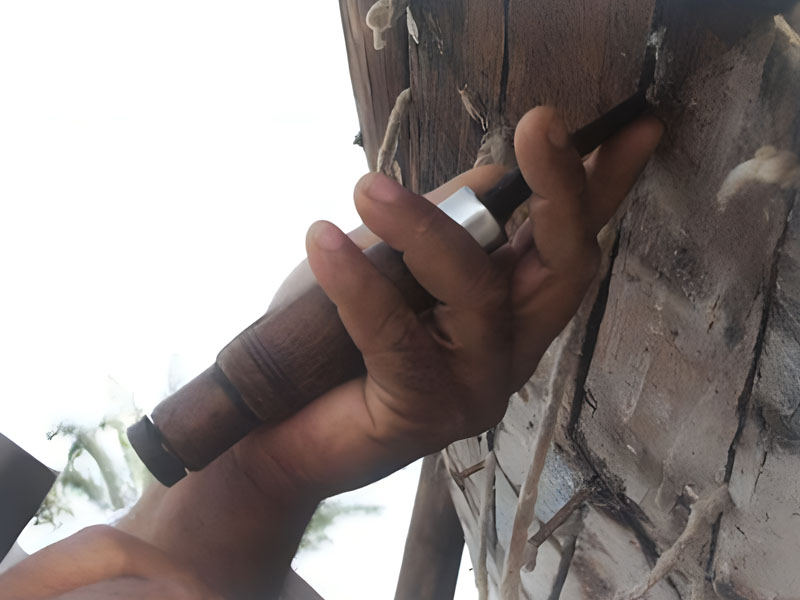The Production of Folk Culture in Sudan
Issue 18

Yusuf Hasan Madani (Sudan)
At each stage, the continuous movement of history and life - which are influenced by political, economic and social realities – results in new values, morals, customs and means of expression that parallel the changes in society.

We should not assume that folk culture is independent of time and place; it is always related to the past and the simplicity of rural life.
The paper offers examples of Angaraib craft - one of Sudan’s folk/popular crafts - and traces Angaraib’s development in Omdurman and Wad Madani, two of Sudan’s largest cities.
Angaraib, (the crafting of traditional rope beds), represents one aspect of Sudan’s material culture. The research into this craft starts by tracing its historical development, then it tackles the spread and diversity of cultural patterns reflected in the craft according to different geographic environments. The research also focuses on the technical aspects of production, from the raw materials to the final product. It also attempts to explore the relationship between the craft as a representation of material culture and real life with all its political, economic and social developments. The material culture includes activities centred around inherited local crafts associated with the group and its history, values, customs, beliefs and daily activities.
It is very important to value local materials, local products, the tools and methods of production, and the local craftspeople who serve the community by making the products available.
In general, material culture includes handicrafts such as wood-turning, mat-making, blacksmithing, spinning, weaving, pottery, fashion, folkloric architecture, the production of farming tools, fishing, grazing, and ornamental work.
Angaraib is a historic craft that has evolved with time. The research focuses on some of the features of the historical development of the machinery and tools used in this craft, linking these features to political, economic and social variables and to cultural transformation in modern history.
Like any other handicraft, Angaraib has been passed down through the generations and practiced by local craftsmen who use local materials to create products that are used by all members of the community, so craftspeople serve a social purpose or a particular economy.
The Angaraib craftsman is an artist who combines aesthetics and practical function using his hands and simple tools. The craftsman is gifted with an intuitive sense of the community and its needs.
The past forms the basis for his creativity, but does not limit it, because the craft adapts to cultural changes.


































































